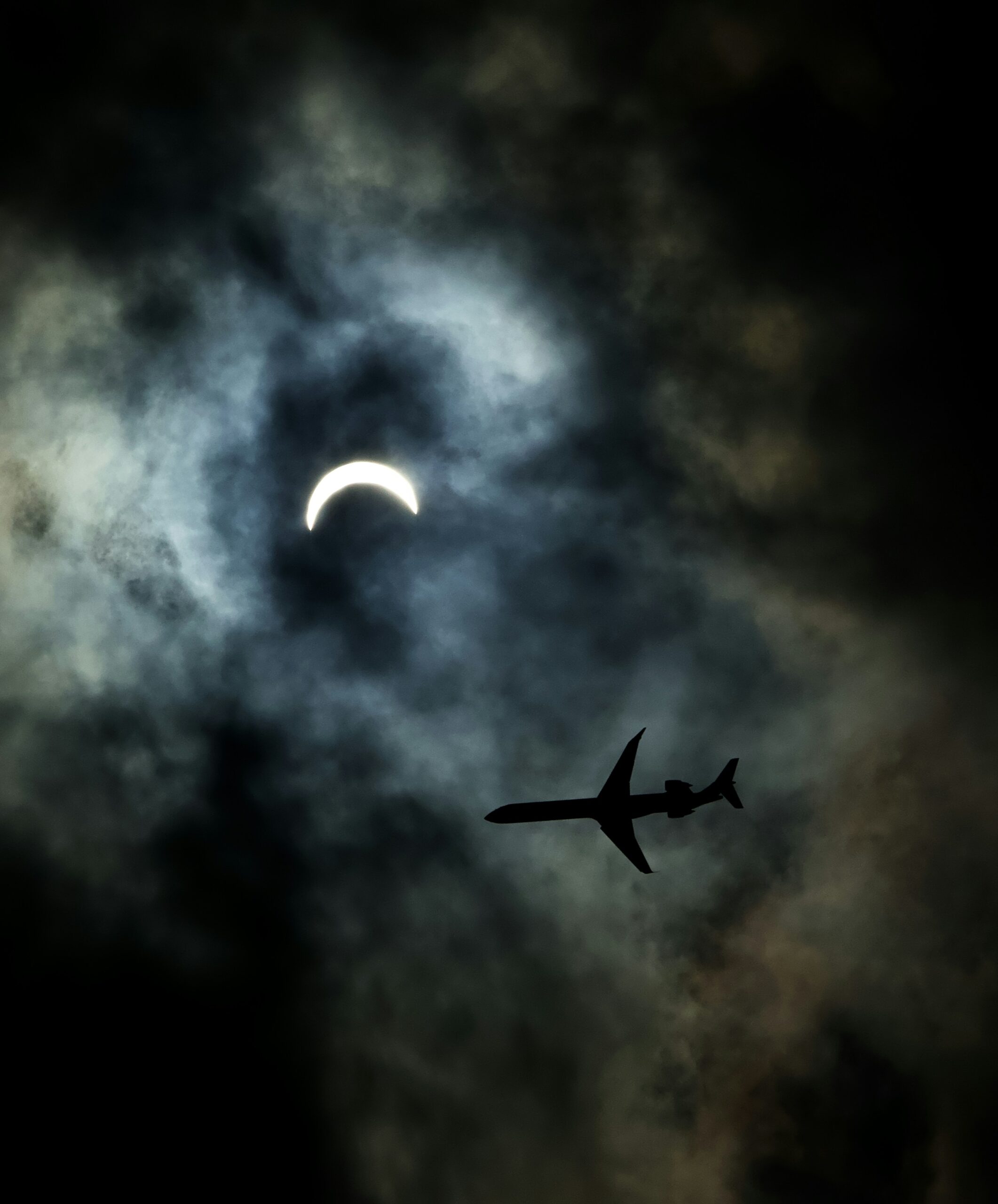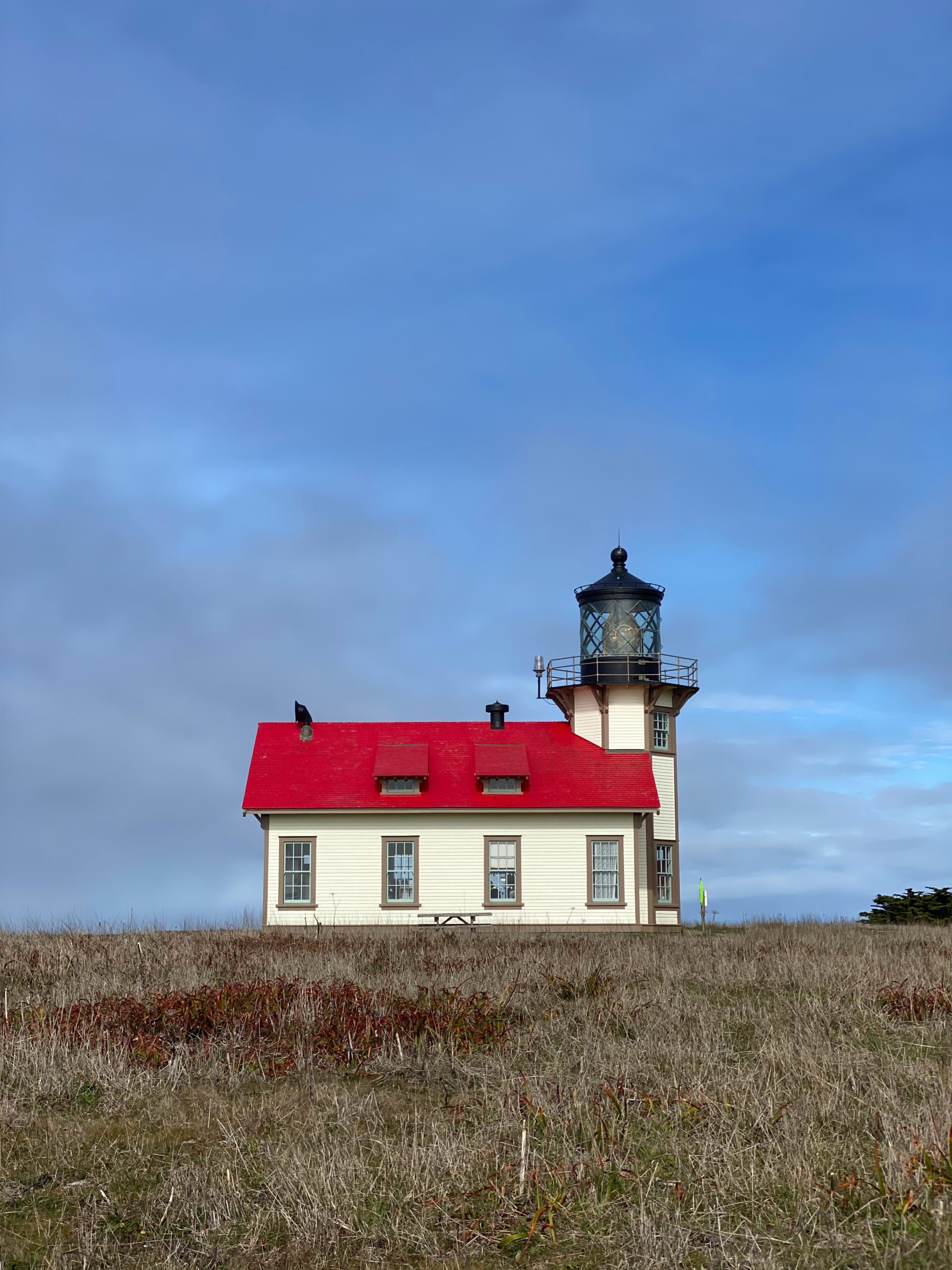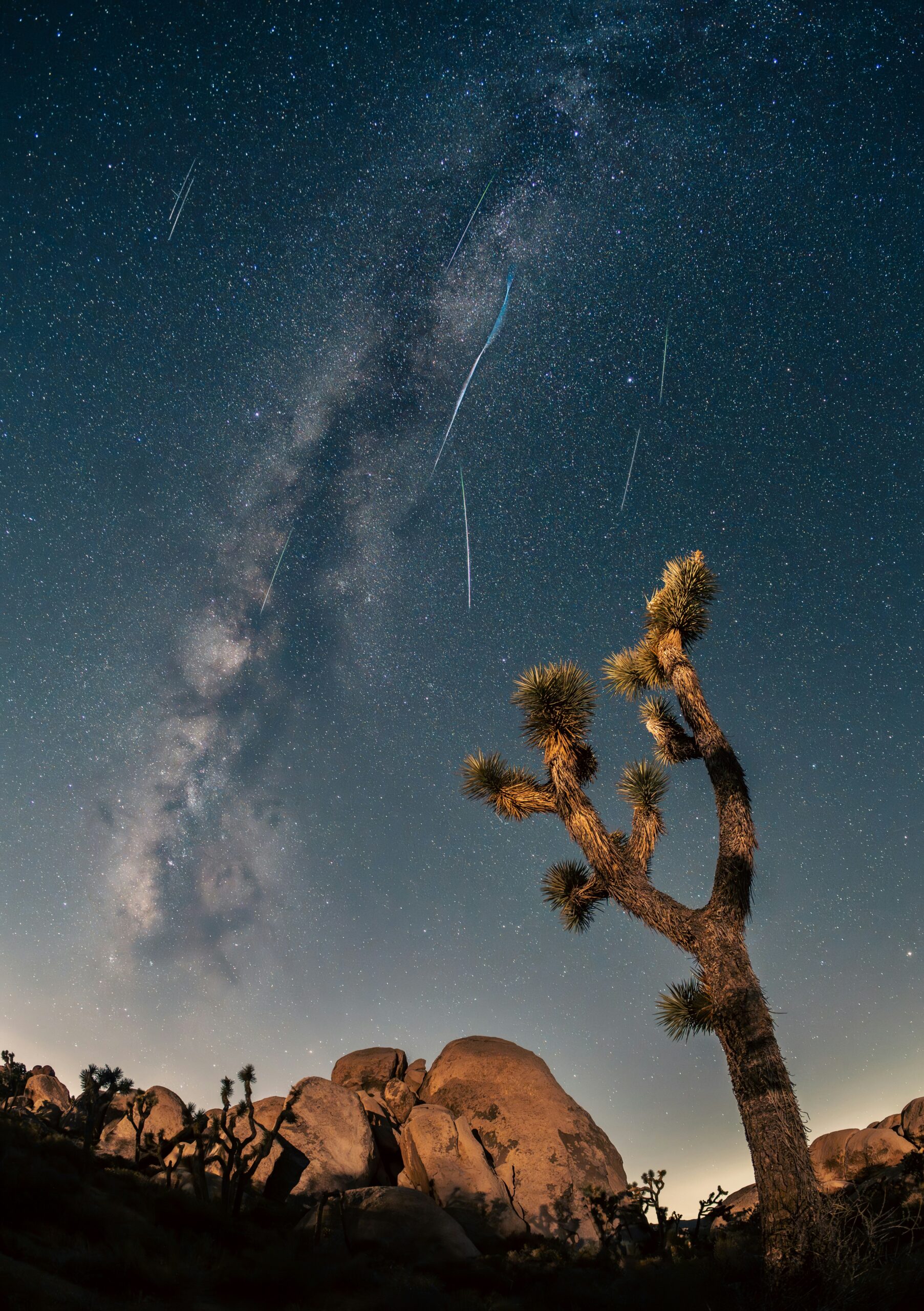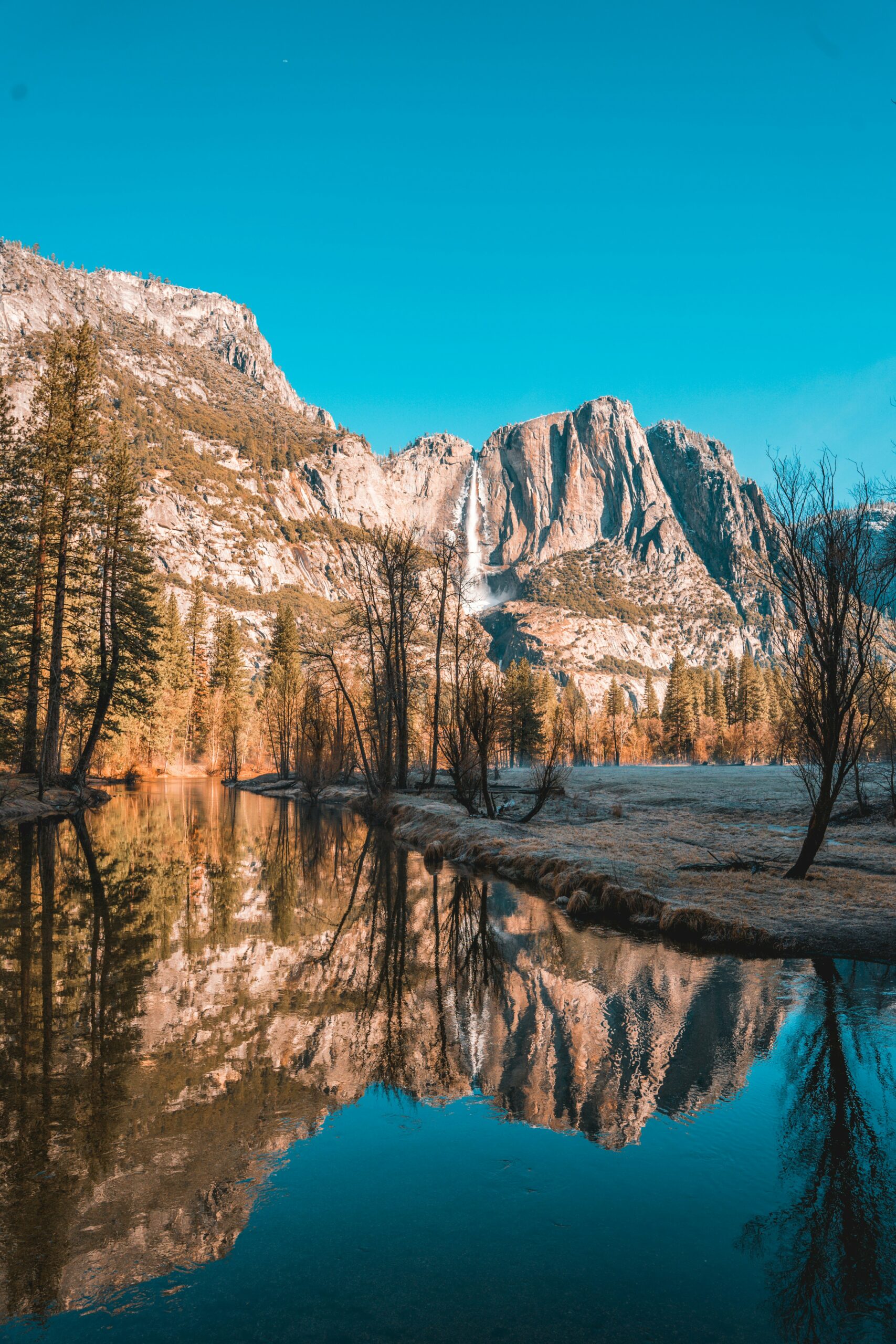Best Spots to View the Solar Eclipse in California: A Golden State Spectacle!
California presents a unique opportunity to witness one of the most mesmerizing celestial events: a solar eclipse. As the moon passes between the sun and Earth, it casts a shadow on our planet and temporarily blocks the sun. You'll have a chance to experience this natural phenomenon, which can be both humbling and thrilling as you watch day momentarily turn to dusk.
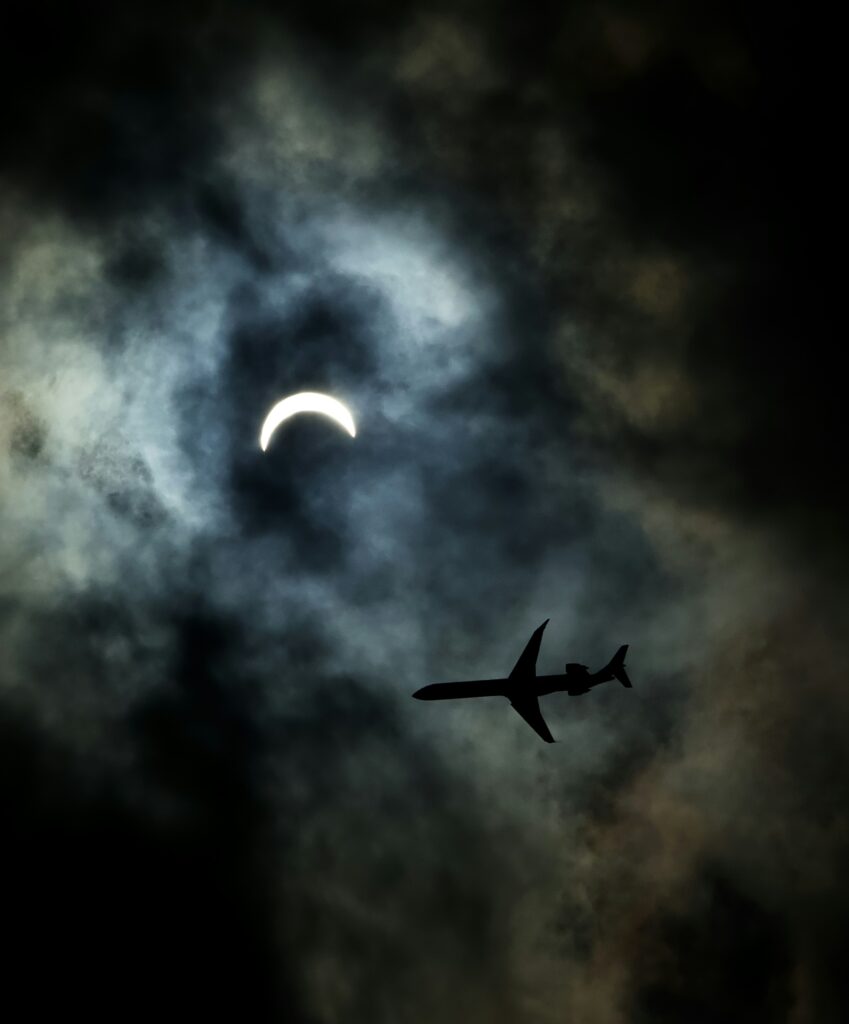
In Los Angeles, the chance to view the solar eclipse in California will be particularly noteworthy. The partial solar eclipse is expected to start in the mid-morning and reach its peak before noon, giving you a substantial window to observe the dramatic interplay between the sun and the moon. Remember to protect your eyes with proper solar viewing equipment, as looking directly at the sun can be harmful. Safely equipped, you can join fellow sky watchers and embrace the awe-inspiring sight of the eclipse in full swing.
For those keen to get the best possible experience, it's worth planning ahead. Various locations across California offer optimal viewing conditions, with specific times when the eclipse will begin and reach its maximum coverage. Checking out an interactive map can help you pinpoint the perfect spot. So, grab your solar glasses and prepare for a show you won't forget—California's solar eclipse is an event that's not to be missed.
Best Spots to View the Solar Eclipse in California: A Golden State Spectacle!
Understanding the Phenomenon of a Solar Eclipse
A solar eclipse is a fascinating celestial event where the moon passes between the sun and the earth, casting a shadow on the Earth's surface. This can only occur during a new moon when the sun and the moon are aligned as seen from Earth. There are a few types of solar eclipses: total, partial, and annular.
- Total Solar Eclipse: This is when the moon completely covers the sun. If you're in the path of totality, you’ll experience a brief period where the sun is fully obscured by the moon, turning day momentarily into night.
- Partial Solar Eclipse: During a partial solar eclipse, the moon only covers a portion of the sun. The extent of the sun covered varies depending on your location.
- Annular Eclipse: This occurs when the moon covers the sun's center, leaving the sun's visible outer edges to form a “ring of fire” or annulus around the moon.
During a total solar eclipse, you might notice a drop in temperature, as the sun's rays are blocked. The brightness of the day will fade, and you'll see the beautiful sight of the corona, which is the outer atmosphere of the sun, glowing around the dark silhouette of the moon.
Remember, it’s important to never look directly at the sun without appropriate eye protection, except during the brief total phase of a solar eclipse when the sun is completely covered by the moon.
Key Dates and Locations
If you're eager to witness a spectacular solar eclipse, mark April 8, 2024, on your calendar. This is when you'll have the opportunity to observe a total solar eclipse across North America, including the golden state of California.
For the best viewing experience in California, consider heading to the Bay Area or Northern California, as these regions are known for clearer skies. Although Los Angeles may not experience totality, you'll still enjoy a partial eclipse there.
Looking beyond California, other states along the eclipse's path include Texas, Indiana, Illinois, and New York. You can also catch a glimpse of this celestial event in parts of Mexico, Canada, and even as far north as Newfoundland.
Here's a quick guide to the prime locations and their viewing times:
| Location | Viewing Time |
|---|---|
| Ely, Nevada | Partial Eclipse |
| Bay Area, CA | Partial Eclipse |
| Los Angeles, CA | Partial Eclipse |
| Mazatlán, Mexico | Total Eclipse |
| Newfoundland, CA | Partial Eclipse |
Remember, the next time North America will see a total solar eclipse won't be until August 23, 2044, so you don't want to miss this one. Whether you're in California or elsewhere along the path, you're in for an unforgettable astronomical treat!
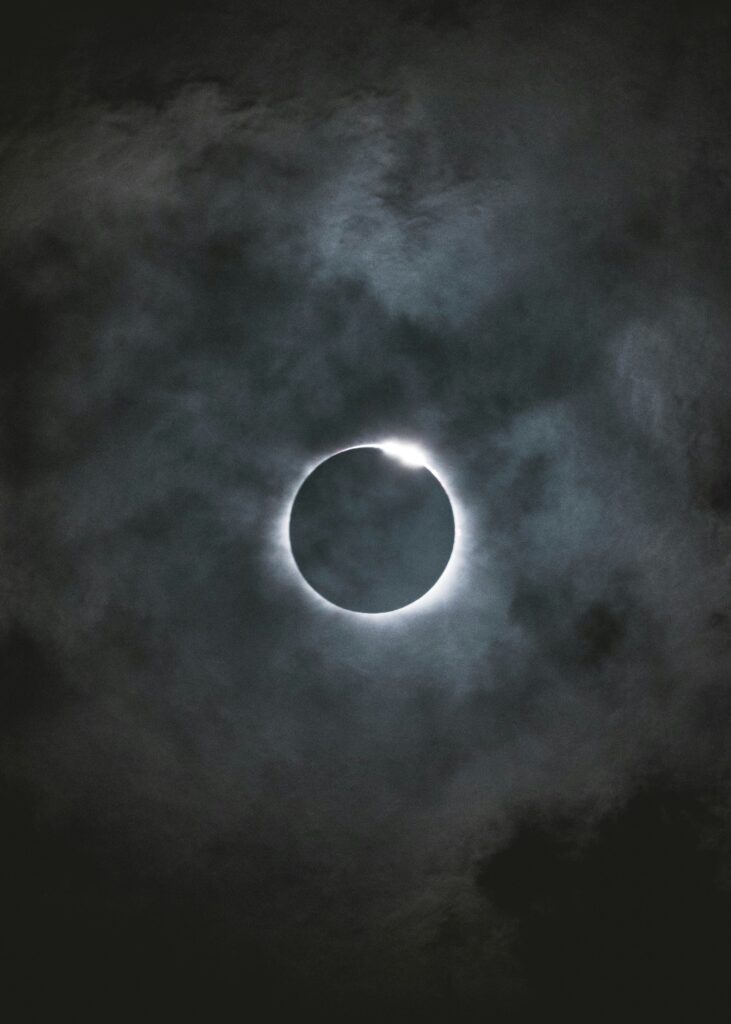
Preparing for the Eclipse Viewing
Before stepping outside to experience the exhilarating solar eclipse, it's crucial to prepare properly ensuring your eyes are protected. Safeguarding your vision is paramount, and selecting the appropriate tools to watch this celestial event will enhance your viewing experience.
Eye Safety Tips
When observing a solar eclipse, never look directly at the sun without proper eye protection, as this can lead to serious damage to your eyes. Ensure you have eclipse glasses or hand-held solar viewers that meet the international safety standard ISO 12312-2. These will block harmful solar radiation effectively. Do not use regular sunglasses, no matter how dark they are, as they do not offer enough protection for direct sun viewing.
Choosing the Right Solar Viewer
Your viewing device must be specifically designed for watching eclipses. Here are the tools you could use:
- Eclipse Glasses: Lightweight and made of cardstock, these are a cost-effective option. Check for the ISO 12312-2compliance mark.
- Solar Filters: These fit over binoculars, telescopes, or cameras, designed specifically to filter out the sun's rays when using such devices.
- Pinhole Projectors: These devices do not require you to look at the sun directly and can be a safe alternative, projecting the image of the sun onto a screen.
Remember to inspect your solar viewer for any damage before the eclipse, and if even a small tear or puncture is found, discard it. Enjoy the spectacle safely!
Best Viewing Practices
When you're gearing up to experience a total solar eclipse, your safety and enjoyment are paramount. Here are a few friendly tips to ensure you have the best viewing experience.
Protect Your Eyes:
Always use solar filters or eclipse glasses. Standard sunglasses, even those with UV protection, are not safe for looking directly at the sun.
- For Telescope and Binocular Users:
Secure specialized solar filters on your equipment to protect your eyes from harm. Without these, the intense solar rays can cause serious injury.
Choosing Your Equipment:
- With a Telescope:
If you're planning to use a telescope, make sure it’s equipped with the proper solar filter to prevent damage to your equipment or your eyes. - Using Binoculars:
Same as with a telescope, attach solar filters before the eclipse begins. After you have located the sun, you can remove the filters only during the brief phase of totality. - Photography Enthusiasts:
For your camera lens, ensure you have the correct solar filters. Remember to remove the filter only when the moon completely covers the sun during totality.
Photography and Eclipse Imagery
Capturing the marvel of a solar eclipse requires some preparation and the right equipment. Here are some friendly tips to help you take amazing photos of the eclipse, whether you're using a camera or even binoculars.
Choosing Your Equipment:
- Camera Lens: For DSLR cameras, choose a lens with a focal length of at least 300mm to get a good view of the sun.
- Binoculars: If you plan to use binoculars, attach them to a tripod and consider a solar filter to protect your eyes and the camera sensor.
Setting Up Your Shot:
- Mount Your Camera or Binoculars on a steady tripod to avoid shaky images.
- Use a Solar Filter to protect your equipment and your eyes from the intense sunlight. Aim to position the filter securely over the front of your lens or binoculars.
- Test Your Settings by taking some photos on the days leading up to the eclipse. This will give you a chance to make adjustments without the pressure of the fleeting event.
Taking the Shot:
- Set your camera to manual mode for complete control over the exposure.
- Start with an ISO around 100, a fast shutter speed, and a small aperture (high f-number).
- Bracket your shots by taking multiple photos with different exposures to ensure you capture all the details.
For more tips on capturing the eclipse, including camera settings and shooting techniques, check out this helpful guide on how to photograph a total solar eclipse.
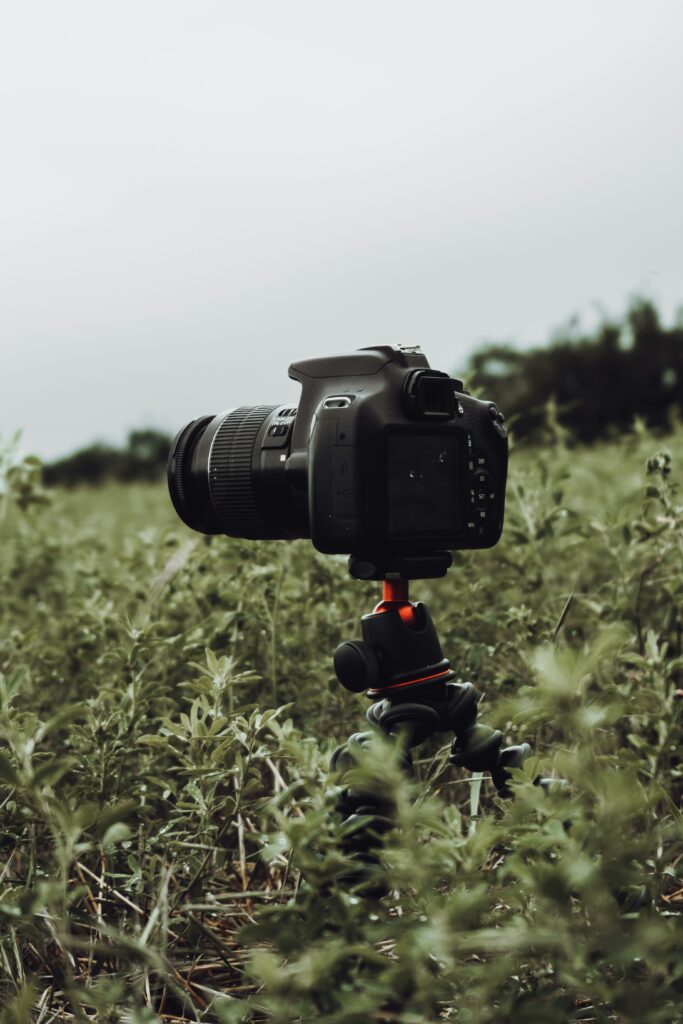
Weather Forecast and Eclipse Visibility
As you prepare to experience the solar eclipse in California, the weather forecast is a crucial factor for optimal viewing. Luckily, forecasts indicate that several areas in California will offer partial views of the eclipse on April 8, 2024.
- San Francisco: You may expect about 34% coverage of the sun with viewing times around 11:14 a.m.
- Fresno: An estimated 40.6% coverage makes for a notable partial eclipse.
- Sacramento: Look for a shadowy partial eclipse, similar to San Francisco’s visibility.
Keep an eye out for local cloud cover predictions closer to the event date, as this can impact your viewing experience. Updated cloud cover maps are a valuable resource for checking the likelihood of clear skies.
Remember, to watch the eclipse safely, you must use special solar viewing glasses to protect your eyes from harmful solar radiation. It's also a good idea to set up your viewing spot early to ensure you have the best possible view.
Stay informed on the latest weather updates as the eclipse approaches, and be ready to switch locations if necessary for clearer skies.
Travel and Accommodation
When planning your journey to witness the solar eclipse in California, consider the major cities like Los Angeles, San Francisco, and San Diego as your base locations. These cities offer a variety of lodging options, from luxurious hotels to budget-friendly airbnbs.
If you're coming from out of state, like Texas or New York, you'll find that California's robust air travel network makes it easy to get here. Flights to California's primary airports often have deals around special events, so book early to secure the best price.
| City | Airports | Accommodations |
|---|---|---|
| Los Angeles | LAX, Burbank | Hotels, Hostels, Airbnb |
| San Francisco | SFO, Oakland | Boutique Hotels, Vacation Rentals |
| San Diego | SAN, Tijuana (Cross Border Xpress) | Beach Resorts, Inns |
For those seeking an international adventure, you might consider watching the eclipse from Mexico. This could be a memorable trip combined with the unique opportunity to experience the phenomenon. Traveling by land, especially from places like Ely, could be a wonderful road trip opportunity, but be prepared for a long drive and plan your stops accordingly.
Eclipse day will be busy, and accommodations in the path of totality will likely be booked up well in advance. Don't wait too long to make your reservations. Look for places to stay in communities neighboring major cities for potential availability and maybe even a quieter experience.
Considering transportation, renting a car allows the flexibility to find the perfect spot on eclipse day. Public transportation in larger cities like Los Angeles and San Francisco could also be convenient, but make sure to check schedules ahead of time as services could be crowded or amended on the day.
Experiencing the Eclipse in California
The solar eclipse is a spectacular phenomenon and a particular delight if you’re in California. You'll have the opportunity to witness varying degrees of this celestial event depending on your location within the state.
Los Angeles Area
In the Los Angeles area, you are positioned for a partial view of the eclipse. Head to a high vantage point, like Griffith Observatory, for a better glimpse of the sun's temporary obscurity. Check the exact time when the eclipse starts to ensure you don't miss this rare event.
Bay Area
Over in the Bay Area, prepare for an impressive display. While you won't see a total eclipse, the partial coverage will still be quite a sight. Places like the San Francisco Exploratorium are ideal for an enhanced eclipse experience, with educational resources and activities to enrich your viewing.
Northern California
For those of you in Northern California, particularly near areas such as Lava Beds National Monument, expect an intriguing partial eclipse. The monument itself could provide a unique backdrop for observing the solar event, combining nature's terrestrial and celestial wonders.
Southern California
If you're in Southern California, your experience will mirror that of Los Angeles, with partial coverage of the sun. Seek out community events or gatherings for shared viewing experiences, and learn about the eclipse's path to maximize the moment.
Remember to protect your eyes with proper solar viewing glasses throughout the event and enjoy this awe-inspiring natural show!
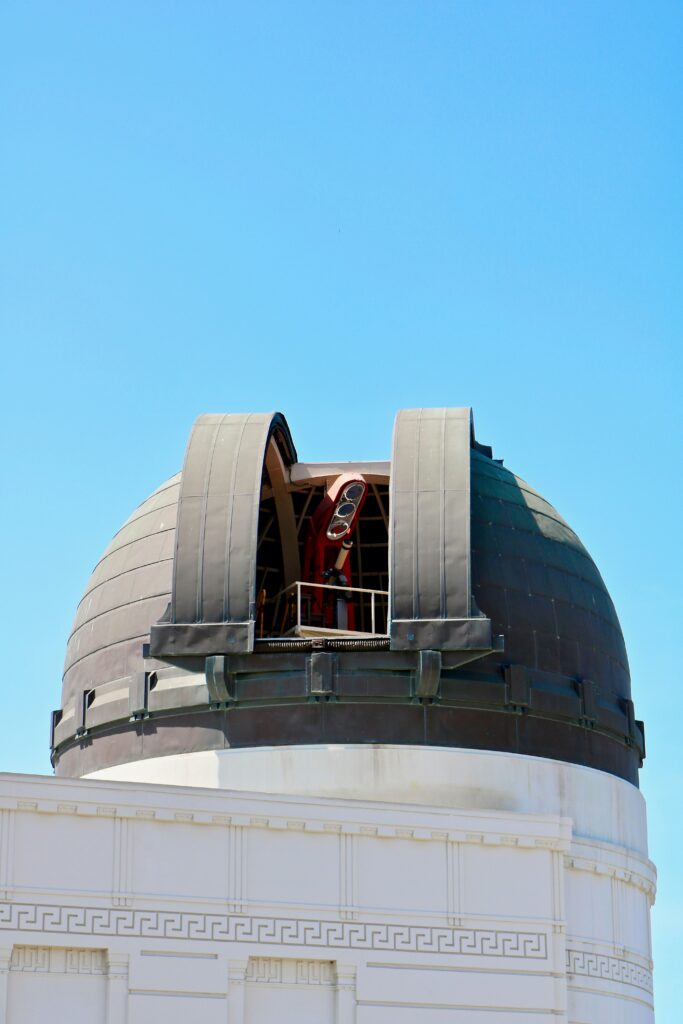
Educational Resources and Events
As you prepare for the 2024 solar eclipse in California, make use of the abundant educational resources and events designed to enhance your viewing experience. From NASA's expert-led activities to engaging gatherings hosted by local astronomy clubs, you'll find a wealth of knowledge and community support to ensure that your eclipse adventure is both informative and memorable.
NASA's Role
NASA is a pivotal resource when it comes to eclipses. They provide detailed educational events and workshops tailored for various education levels. These events are crafted to help you understand not just the phenomenon of a solar eclipse, but to appreciate the broader impacts it has on science and Earth. As an astronomer at heart, you'll relish the chance to learn from the experts and use NASA-issued solar viewers to watch the event safely.
Local Astronomy Clubs and Societies
In addition to NASA's expert resources, your local astronomy clubs and societies are a hub of engagement. They offer viewing parties, star-gazing events, and educational talks that make the science behind eclipses approachable and exciting.
- San Francisco Amateur Astronomers: They organize events that cater to both seasoned astronomers and beginners, ensuring everyone can enjoy the eclipse with proper guidance and solar viewers.
- Los Angeles Astronomical Society: Known for their public outreach, they offer a chance to connect with other enthusiasts and expand your understanding of astronomy.
Both NASA and local groups work to ensure you have access to the best resources and support network to view the solar eclipse safely and knowledgeably. Use these opportunities to deepen your appreciation of the cosmos!
Environmental and Wildlife Impacts
When you're getting ready to watch the grand spectacle of the solar eclipse in California, it's intriguing to think about how animals and birds might react. Here's what you can expect:
- Animals & Birds: Creatures use light to regulate their behavior. During an eclipse, they might get tricked into thinking nightfall is coming. You could observe some birds heading back to their nests, and animals like bees returning to their hives as they would at dusk.
- Darkness & Shadow: The sudden shift from day to night and back again can disorient wildlife. The darkness that envelops the landscape isn’t typical of your everyday sunset, and shadows may appear sharper and behave in unexpected ways.
- Light & Temperature: Not only does the light level drop, but so can the temperature. It might get cooler quickly, potentially altering the behavior of cold-blooded animals.
- Wind: Some report changes in wind patterns during an eclipse. Although it's not fully understood, this could be due to the rapid cooling of the air that usually happens.
Remember, while it’s a fun experience for you, it might be confusing for wildlife. If you're observing near animals, be mindful of their reactions and try to minimize disturbance.
Post-Eclipse Discussion and Community Engagement
After you've experienced the awe of the solar eclipse, it's a wonderful opportunity to join in a post-eclipse discussion and community engagement activities. Many local organizations and schools may host events to reflect on the shared experience and to discuss the scientific implications.
- Join a Community Forum: Look for forums or gatherings in your community where you can share your eclipse experience. These discussions often range from emotional reactions to the event to scientific observation.
- Participate in Online Discussions: Many online platforms will have post-eclipse threads. Share your photographs and experience or learn from others' insights.
- Educational Workshops: Attend workshops that dissect the phenomenon you just witnessed. Experts and enthusiasts alike share knowledge in these sessions, making complex ideas accessible to all curious minds.
Remember that the eclipse is akin to a fleeting sunset—a momentary spectacle that soon passes but leaves a lasting impression. Engage with others to ensure that the beauty and impact of the eclipse stay alive in your community.
Here are a couple of suggestions to maximize community engagement:
- Connect with Schools: Partner with local schools to arrange science talks that help students understand the eclipse. This can inspire the next generation of astronomers.
- Host a Photographic Exhibit: If you have a penchant for photography, collaborate with local galleries or coffee shops to exhibit eclipse photos taken by you and your community members.
Frequently Asked Questions
This section will answer some of the most common questions about viewing the upcoming solar eclipse in California to ensure you have a safe and spectacular experience.
What's the best location to watch the solar eclipse in California?
The best locations to watch the solar eclipse are areas within the path of totality, where the eclipse will be fully visible, such as certain Northern California regions.
How can I safely view the solar eclipse using glasses?
To protect your eyes, use special solar eclipse glasses that meet the ISO 12312-2 international safety standard and do not resort to regular sunglasses as they are not adequate protection.
Will the April 8, 2024 eclipse be visible in all parts of California or only certain regions?
The April 8, 2024, eclipse will be visible in all parts of California, but the extent of visibility will vary. Totality—complete coverage of the sun—will be observable only in specific regions.
What are the peak times to view the solar eclipse in California?
Peak times will depend on your location. For precise viewing times in your area, check local astronomy resources or websites closer to the event's date.
After the 2024 eclipse, when is the next opportunity to see a total solar eclipse in California?
After the 2024 eclipse, the next total solar eclipse visible from California will not occur until 2044.
Where can I find a map showing the path of the solar eclipse as it moves across California?
A map showing the path of the solar eclipse as it moves across California can be found through local news outlets or astronomy-related websites.

